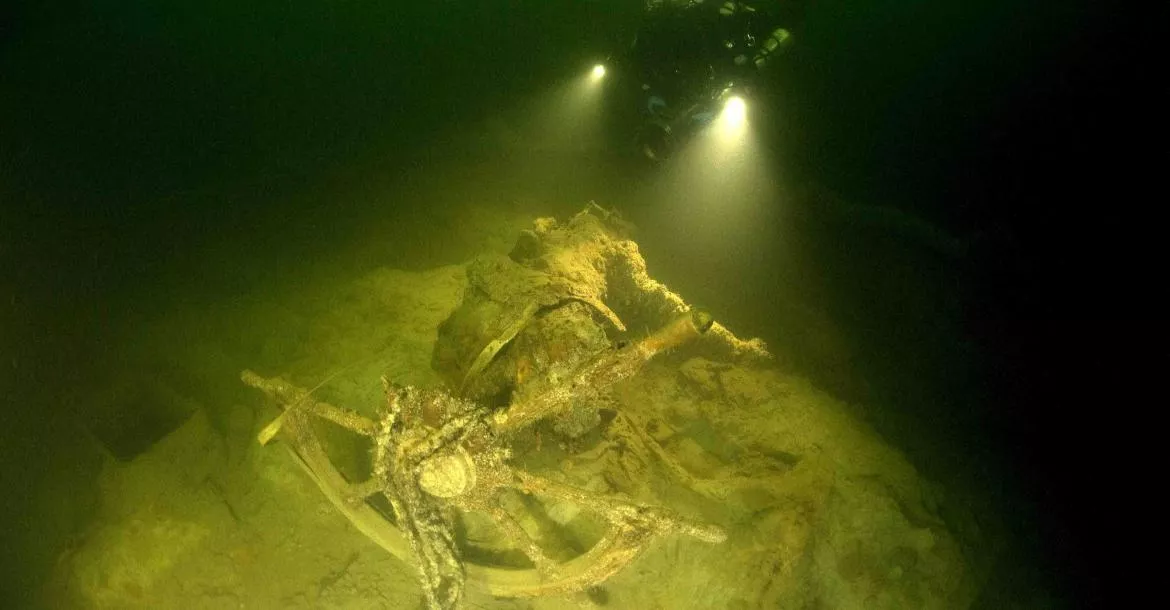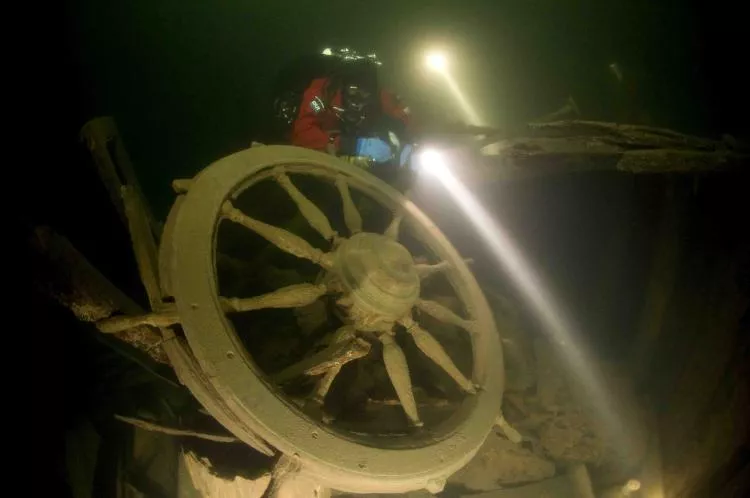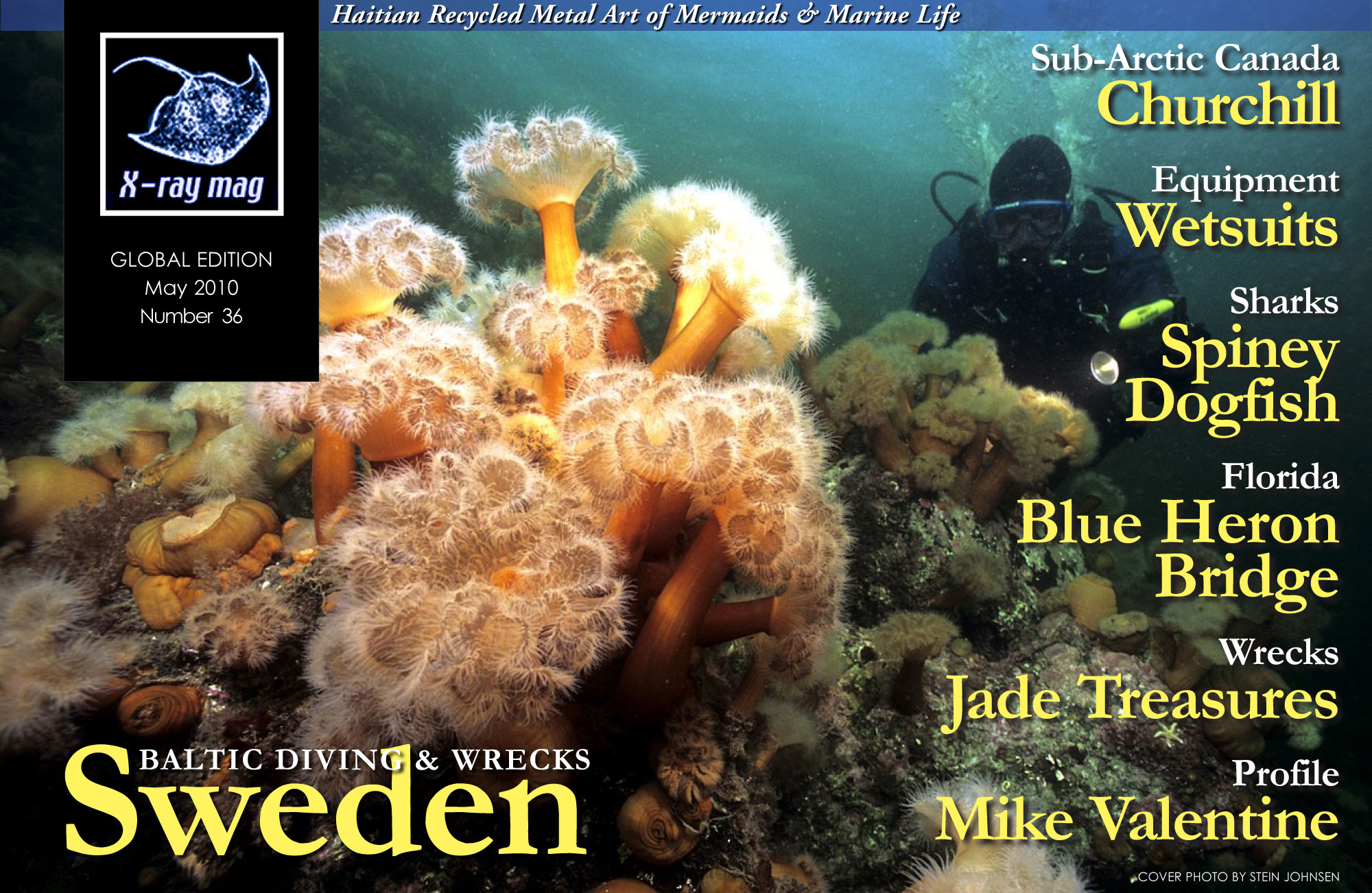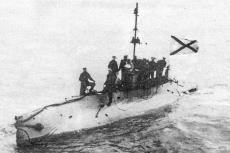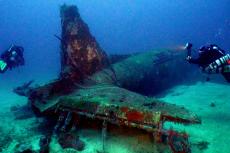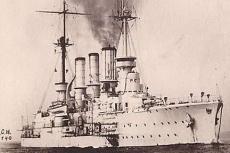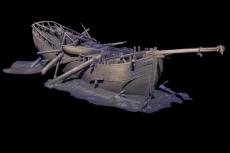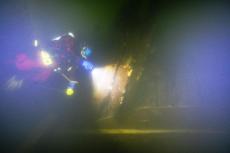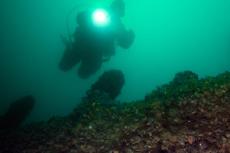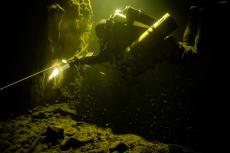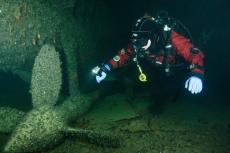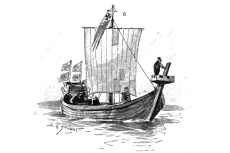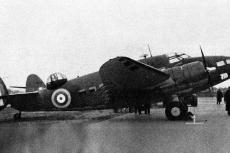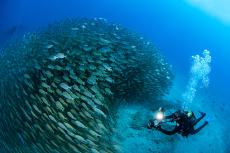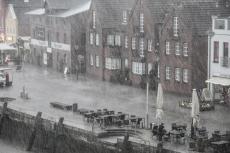From a marine archeology and scientific standpoint, the Baltic Sea is a paradise. There could be as many as 100,000 shipwrecks dating back centuries in this dark and mysterious sea—Viking ships, trading ships and warships to name a few. No other place in the world is comparable to the Baltic Sea.
Contributed by
The wrecks, and structures found in the sea are veritable time capsules lying in wait for us to explore and expand our understanding of the past. It is also a comparatively quite shallow sea. The average depth is only 55 meters deep, so with modern technology, it is not too complicated to find many of our lost histories. These histories belong to the countries surrounding the Baltic Sea.
Granted, diving in the far North is not for the weak-minded, nor for the inexperienced, but it’s not as bad as it sounds. Scandinavian divers are known around the world for being able to cope with rather tough diving conditions because this is where we grew up and learned to dive.
Anyone who goes through entry level training in murky waters with a visibility of 2-4 m (6-12 ft) at best, a water temperature averaging 8°C to 2°C in the winter to 20°C in the summer, and comes out with a smile, will be ready to face anything else. And yes, we do also dive during the fall and winter months, too, with great pleasure.
Sweden has to highest proportion of divers per capita in the world. We are spoilt for choice. Following are descriptions of just a few of the jewels.
Vasa
One of, if not the most, popular attractions in Sweden is the Vasa ship. Vasa was a Swedish warship that sank during her maiden voyage in 1628. All but forgotten for 300 years, she was salvaged practically intact on 24 April 1961, restored and turned into a museum. Once you enter the museum, you will stay for hours—it is that good. www.vasamuseet.se
The Champagne Wreck
One of my favorites is the Swedish schooner Jönköping, which was sunk by a German submarine in 1916. She carried an order of French Champagne for the Russian Tsar. The bottles were salvaged near Finland in 1998, and they found that the French champagne had been perfectly preserved at a constant 4°C and was ready to drink. Many of the champagne bottles were auctioned off by Christie’s in London.
The Mystery Ship
A wooden ship found by the Swedish Navy that, despite a very unusual figure head of a horse, has never been identified or salvaged.
The DC-3
A lost plane presumed to spy on Russia and therefore was presumed to be shot down by the same. The discovery of the plane gave answers to a number of questions and peace of mind to surviving family members.
My most intense diving experience was a 500-year-old wreck in the Baltic in 1992. She was standing upright, mast still there, but the oak planks were as thin as could be, which left her fragile and exposed to careless diving and rough weather. What really got me though, was that she went down in 1492. The visibility was incredible, I saw the entire wreck, and as I swam over the deck, it hit me. When she went down, Columbus discovered America. Columbus discovered America! That was heavy, and even though the ship itself was a simple, small merchant ship, stripped by years of exposure, she was also a monument for the men and woman that explored the world.
— Millis Keegan

